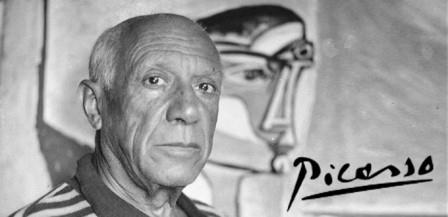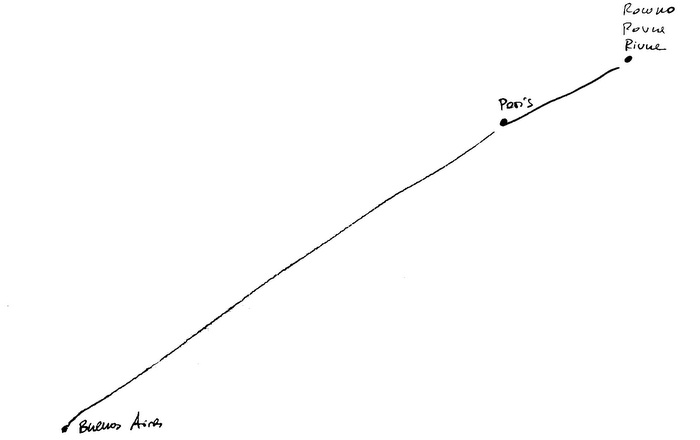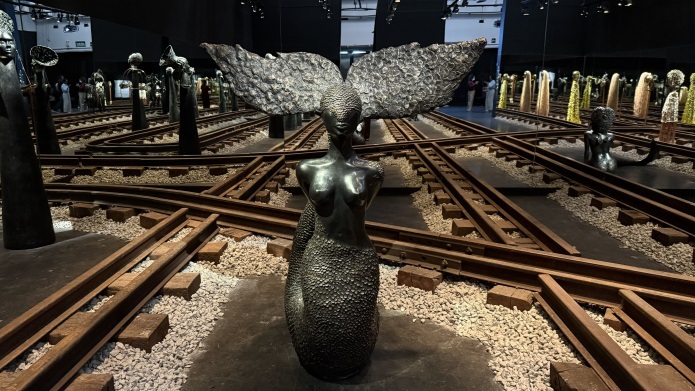By: Kitty Mc Connell
"After Picasso” brings full circle the themes explored last fall for the 25th anniversary of the Wexner Center for the Arts.
“Transfigurations: Modern Masters From the Wexner Family Collection” featured 19 works by Pablo Picasso.
In the new exhibit of almost 150 works, 80 contemporary artists deconstruct, reconstruct, revile and revere works by the 20th-century master.
“After Picasso” was organized in cooperation with Deichtorhallen Hamburg, a German museum that first staged the exhibition as “Picasso in Contemporary Art” to commemorate its own 25th anniversary.
The angular Wexner Center galleries provide an ideal setting in which to view exhibitions dedicated to the cubist master. Some of the strongest pieces are composed of tributary strokes, or they fully reproduce the best-known Picasso paintings.
Sharing the same wall space in Gallery A are After Picasso by Jasper Johns, Head (After Picasso) by Andy Warhol and Picasso Head by Roy Lichtenstein.
Canadian conceptual artist Rodney Graham plays with the appropriation of Picasso’s style in Untitled 18.
The gargantuan four-panel Guernica Redacted by Robert Longo re-creates the abstract atrocities of Picasso’s Guernica in charcoal. Long manages to strengthen and modernize the 1937 anti-war commentary by blackening — redacting — large portions of the re-created painting.
The exhibit features non-cubist paintings, photographs, films and collages as well.
Photos of the artist and those of viewers at his exhibits offer a glimpse of the man and the reaction he generated in his time.
A black-and-white 1957 photo of Picasso by Irving Penn hangs alongside a clever reproduction of the shot by Sandro Miller, with actor John Malkovich as Picasso.
Many of the works in “After Picasso” reach beyond his influence on contemporary artists and the palates of Western consumers to measure the intersection of modern art with colonialism and international police states.
Zhang Hongtu painted Bird’s Nest in the Style of Cubism for an exhibit commemorating the Beijing Olympics in 2008. Chinese customs officials denied its entry to China because of its “unacceptable” subject and color scheme.
Another standout piece — the acrylic-and-glitter triptych Quel Avenir Pour Notre Art? by Cheri Samba — easily draws viewers. Yet the dark topic belies its neon cheer: Picasso’s appropriation of African art in his most celebrated works.
Technological features of the exhibit include an augmented-reality app. Mini iPads stationed throughout the galleries link visitors to real-time information on selected pieces.
“After Picasso: 80 Contemporary Artists” continues through Dec. 27 at the Wexner Center for the Arts, 1871 N. High St., at Ohio State University.
Hours: 11 a.m. to 6 p.m. Sundays, Tuesdays and Wednesdays; and 11 a.m. to 8 p.m. Thursdays through Saturdays.
Call 614-292-3535 or visit www.wexarts.org















